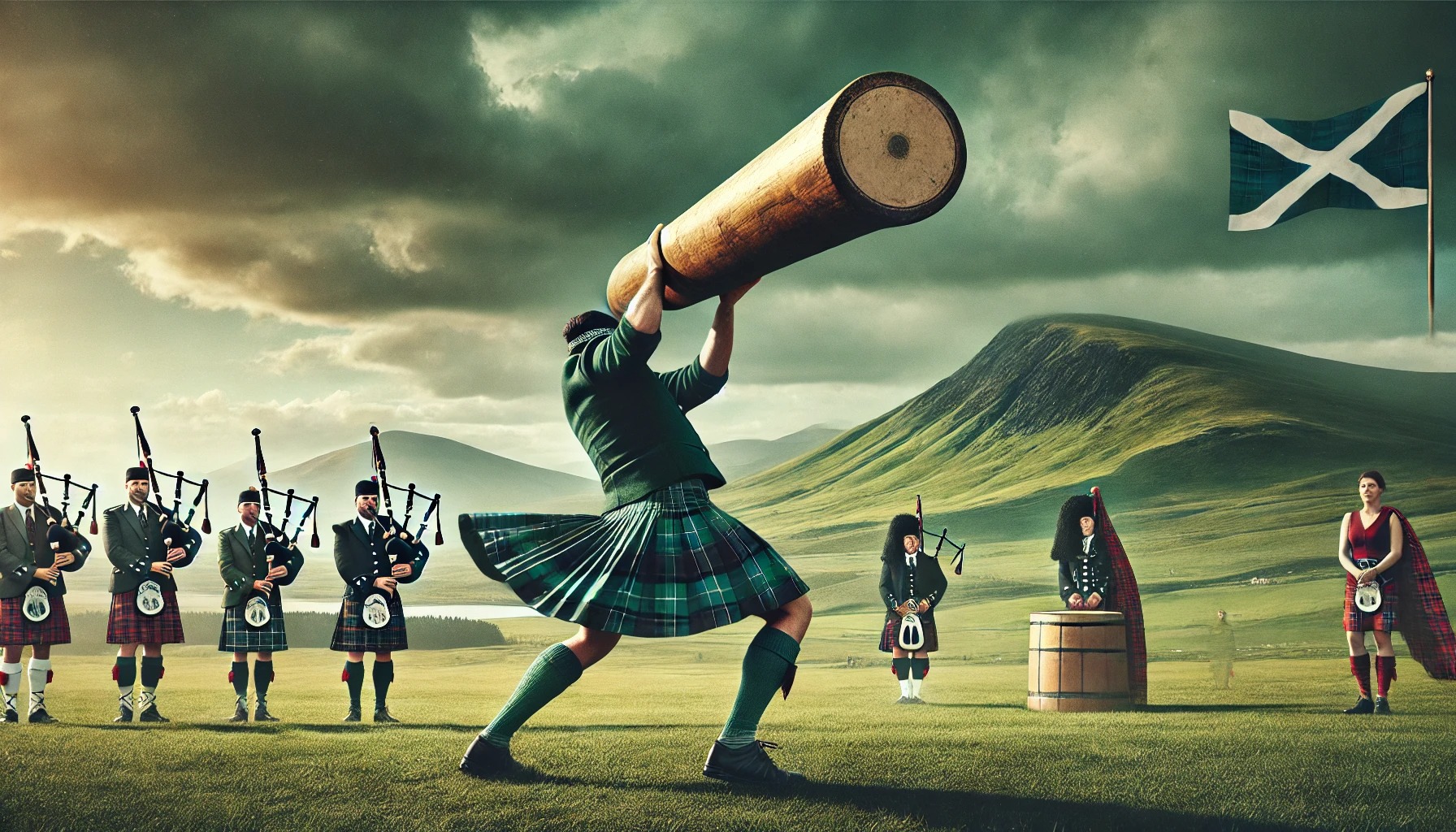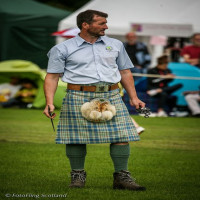The Scottish Highland Games: A Scholarly Examination of Strength and Tradition

Strong 8k brings an ultra-HD IPTV experience to your living room and your pocket.
The Scottish Highland Games represent a profound cultural institution, one that encapsulates the intersection of physical prowess, musical artistry, and collective identity within Scottish heritage. These annual events, conducted in Scotland and replicated globally, serve as living embodiments of ancestral traditions while offering a spectacle of enduring appeal. Through disciplines ranging from the athletic to the ceremonial, the Highland Games persist as a pivotal mechanism for preserving and perpetuating Scottish cultural legacies.
Historical Genesis of the Highland Games
The origins of the Highland Games trace back to pre-modern clan societies, where communal gatherings served as both martial preparation and societal cohesion. Early iterations of these events were primarily designed to evaluate the strength, agility, and endurance of clan warriors. Oral traditions and fragmented historical accounts suggest that King Malcolm III initiated structured athletic contests in the 11th century, purportedly to identify the kingdom’s fastest courier. These rudimentary contests evolved into codified expressions of cultural identity, fusing competitive athletics with ceremonial ritual.
Principal Athletic Disciplines of the Highland Games
The Highland Games are distinguished by their array of traditional athletic competitions, many of which possess historical and symbolic resonance. The following are key events that underscore the physicality and heritage of the games:
1. The Caber Toss
This quintessential event epitomizes the physical strength and technical skill demanded of competitors. Participants endeavor to lift and flip a substantial wooden pole, or caber, such that it lands in a straight alignment relative to their initial stance. The task requires not only immense strength but also acute spatial judgment and balance.
2. The Hammer Throw
A test of rotational strength and explosive power, the hammer throw requires athletes to whirl a heavy implement overhead before releasing it for maximum distance. This event retains distinct characteristics compared to its modern track-and-field counterpart, emphasizing static technique over dynamic movement.
3. Stone Put
An antecedent to the contemporary shot put, the stone put involves the projection of a large stone from a stationary position. The variability in stone weight and shape adds a layer of complexity, demanding adaptability from competitors.
4. Tug-of-War
Historically a measure of collective strength, this event pits teams against one another in a contest of brute force and synchronization. It serves as both a crowd favorite and a testament to the communal spirit of the games.
5. Weight for Height and Distance
These events challenge participants to propel a weighted object vertically or horizontally, emphasizing precision and raw power.
Musical and Performative Dimensions
Integral to the Highland Games is the interplay of music and dance, which provides a cultural counterpoint to the athletic rigor. Bagpipe ensembles, often engaged in competitive performances, deliver traditional compositions that evoke the ethos of Scotland’s past. Highland dancing, performed in traditional attire, underscores the aesthetic and ceremonial dimensions of the games.
Highland Dance
Canonical forms such as the Highland Fling and Sword Dance embody the convergence of artistry and athleticism. Historically, these dances functioned as demonstrations of martial readiness and spiritual devotion, their intricate footwork symbolizing agility and discipline.
Clans and Collective Identity
Central to the Highland Games is the celebration of clan heritage. Clan societies establish designated areas, often marked by tartan displays and heraldic banners, where members reconnect with ancestral lineages. These spaces foster both education and solidarity, reinforcing the historical significance of familial and communal affiliations within Scottish culture.
Globalization and Contemporary Relevance
While the Highland Games originated as localized clan gatherings, their influence has transcended geographical boundaries. Today, iterations of the games occur across the Americas, Australasia, and Europe, reflecting the global diaspora of Scottish identity. Prestigious events such as the Cowal Highland Gathering and Braemar Gathering attract international participants and audiences, including dignitaries and members of the British royal family. These modern adaptations continue to honor tradition while embracing inclusivity and innovation.
The Semiotics of Tartan and Kilts
The ubiquitous presence of tartan and kilts within the Highland Games underscores their symbolic resonance as markers of identity and resilience. Competitors and attendees don clan-specific tartans, visually affirming their cultural affiliations. The kilt, an enduring emblem of Scottish heritage, transcends its functional origins to signify pride and continuity. Learn more about the significance of tartans and their connection to Highland traditions through this exploration of traditional Scottish attire.
Enduring Legacy and Cultural Significance
The Highland Games endure not solely as athletic competitions but as holistic representations of Scottish heritage. By harmonizing physical contests with musical, sartorial, and genealogical expressions, these events foster a sense of unity and historical consciousness. Their capacity to engage diverse audiences ensures their continued relevance as a cultural touchstone.
Conclusion
The Scottish Highland Games embody a nexus of tradition, identity, and athletic excellence. From their genesis in ancient clan rituals to their modern global appeal, the games exemplify the adaptability and enduring significance of Scottish cultural practices. Whether experienced as a competitor, musician, or observer, the Highland Games offer an unparalleled lens through which to appreciate the resilience and richness of Scotland’s heritage.
________________________________________
Tags: Highland Games, Scottish traditions, caber toss, bagpipes, Highland dancing, Scottish culture, tartan, kilts, clan heritage, Scotland events, Scottish Highland Games, history of Highland Games, caber toss, traditional Scottish events, Highland dancing, bagpipe competitions, Scottish clans, tartan heritage, strength competitions, Scotland festivals
Note: IndiBlogHub features both user-submitted and editorial content. We do not verify third-party contributions. Read our Disclaimer and Privacy Policyfor details.


